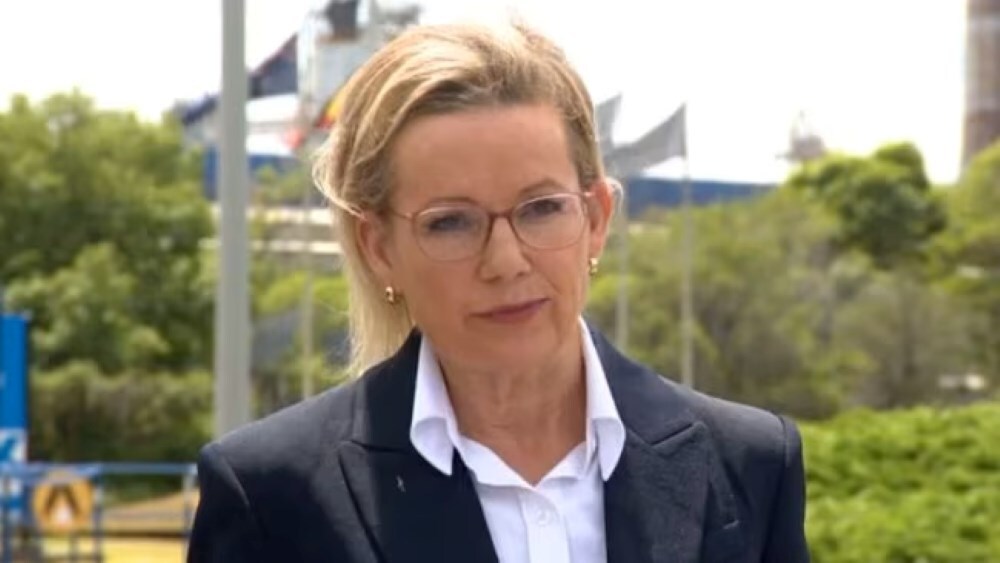

Sussan Ley recently met with the Chief Executive Officer of Tomago Aluminium Company, Jérôme Dozol. The meeting was all about tackling the current hurdles the smelter is facing, especially the rising power costs and how it is affecting the ability to operate effectively.

Sussan Ley clarified that her meeting with the CEO was not aimed at the Albanese government, except for her call for them to put together a solid and practical energy policy. She stressed that her primary concern is still the workforce, ensuring production stability, and the shared pride in keeping one of the top aluminium smelters in the world running strong.
Ley’s visit to Tomago Aluminium
Sussan Ley recently paid a visit to the Tomago Aluminium smelter in the Hunter region. This visit came on the heels of the company's announcement that it has started talks with employees due to worries about a potential closure by 2029.
With the costs of both renewable and coal-fired power expected to rise sharply once their electricity supply contract runs out in just over three years, Ley voiced her concerns about the possible economic fallout for the region if the smelter were to shut down.
Ley commented, "The contribution it (Tomago Aluminium) makes to the Tomago ecosystem should be here for another 40 years, but that future is now uncertain past 2028. This is the sixth smelter that is calling mayday or calling it quits when you look around the country, and that's not good enough."
The visit indicated that Tomago Aluminium’s parent company, Rio Tinto, turned down a joint USD 1 billion offer from both the Federal and New South Wales governments. Ley expressed her support for any efforts to keep the smelter running, but she made it clear that this kind of help should not resemble a government bailout.
Also read: Energy crisis or more – what will potentially decide the fate of Tomago aluminium smelter?
Ley further added, "Maybe for some members of the Government, they see that if the Government owned everything, somehow the world be better but we know that's not the case. We want the private sector to do well and we know that when they have the factors of production like energy, like industrial relations regime that supports the workers and employers, they can do incredibly well."
Talks with Rio Tinto on the smelter’s future
This week, Rio Tinto let nearly its 1,000 workforce know that it’s weighing the option of shutting down the Tomago smelter, which has been running for 40 years, all because of skyrocketing electricity costs. This news has sparked some backlash, with critics arguing that the Labour government’s energy policies and their push for a renewable energy grid are “killing” heavy industry.
As the largest aluminium producer in Australia and the biggest electricity consumer, Tomago finds that power costs account for a staggering 40 per cent of its total expenses. Right now, the federal government is in talks with both Rio Tinto and the New South Wales government to figure out a way to secure the plant’s future, looking into all possibilities, including a potential long-term power purchase agreement.
To know more about aluminium extrusion forecast & trends, read “The World of Aluminium Extrusions – Industry Forecast to 2032”
Responses








